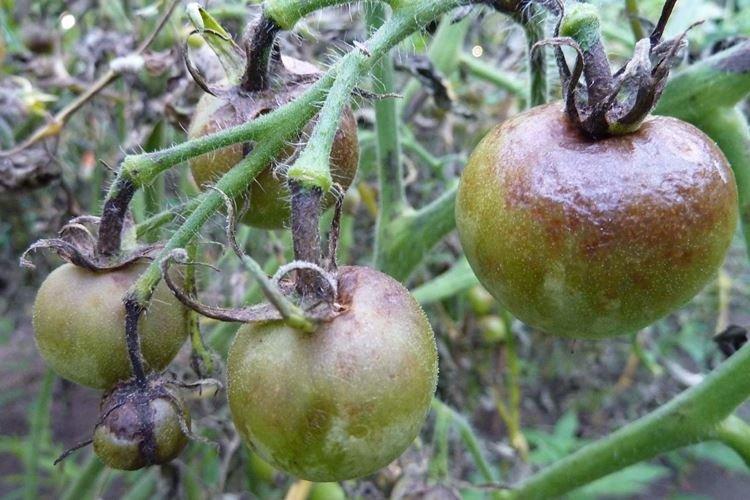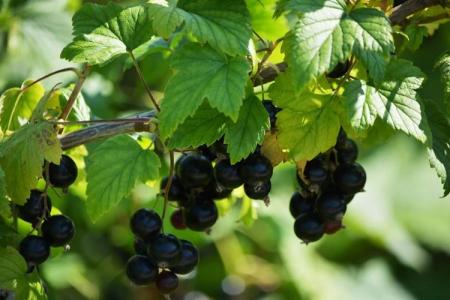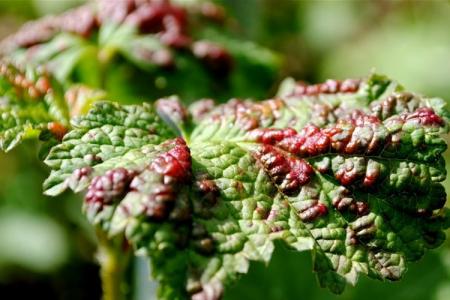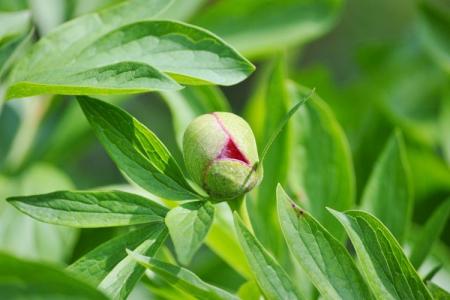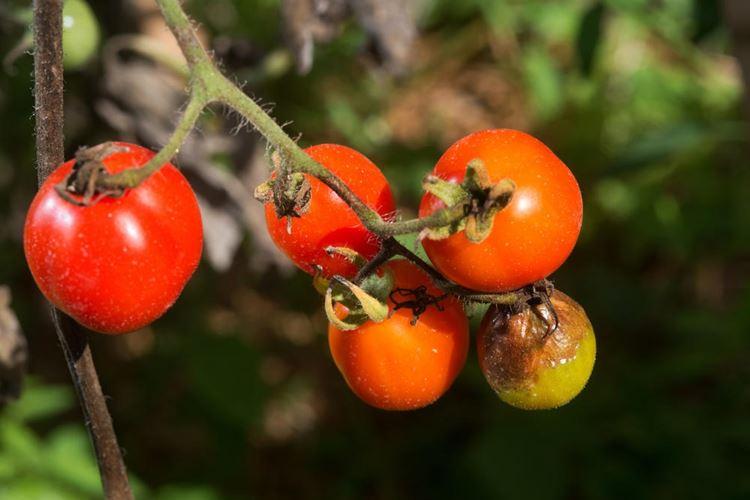
Each gardener sooner or later encounters the eternal enemy of his seedlings - late blight. The disease progresses in a matter of days and can destroy most of the tomato beds. It is very difficult to deal with it, but even more difficult is to detect it in time. We will tell you how to do this and how to treat the affected plants!
What is late blight?
Phytophthora is a fungus that affects garden and horticultural crops literally before our eyes. It develops very quickly and spreads even faster throughout the site. It is initially a disease of tomatoes, eggplants and potatoes, but it also affects many other plants.
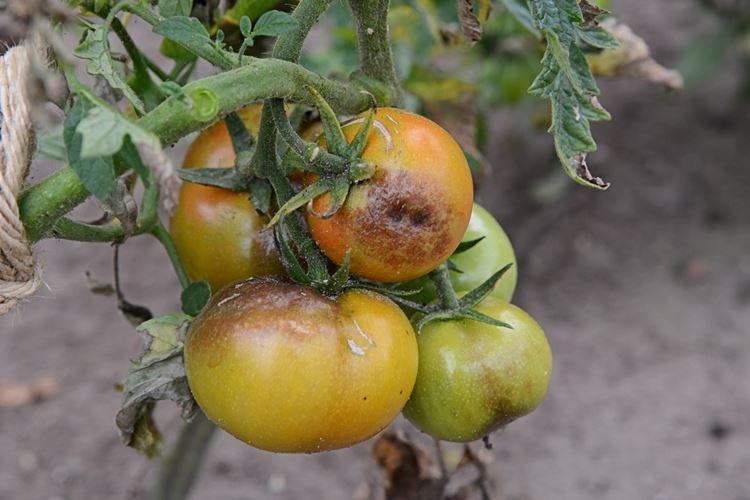
Reasons for the appearance
Phytophthora thrives on humid, warm days with strong temperature fluctuations from day to night and abundant dew. It is water that best spreads the spores of the fungus around the site, but on dry hot days, on the contrary, they die.
Late blight is transmitted literally in all possible ways - through soil, seeds, tubers, from seedlings to seedlings, on tools, soles and gloves. The infection persists for a long time and waits for an opportune moment. Spores can sleep and show no signs of life, even for several years.
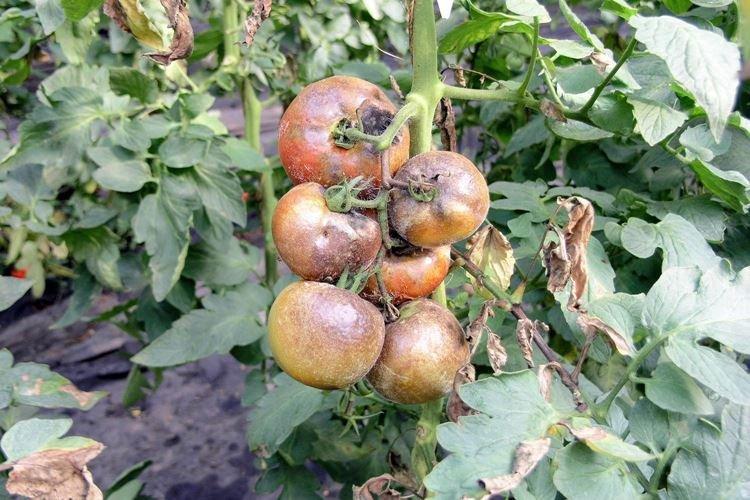
How to recognize a disease
Phytophthora is difficult to recognize in time, and then it is too late, because it is capable of destroying tomatoes literally overnight. The incubation period of the disease at 20 degrees is less than three days. Crop losses can reach 70% and even higher.
The first signs of late blight are brown dry spots on the leaves, which gradually grow and become covered with a whitish bloom. They move to the stems and fruits of tomatoes, and slowly creep upwards. If the weather is dry enough, the affected tissues simply die off, and if it is wet, they rot.
In the last stages, the fruits of tomatoes from late blight turn black and dry in almost a couple of hours. And on the first - the disease is easy to confuse with other fungi, only now they are much less rapid. Affected plants, in fact, die from lack of oxygen. There are such fruits or it is absolutely impossible to use seeds - they are contaminated.
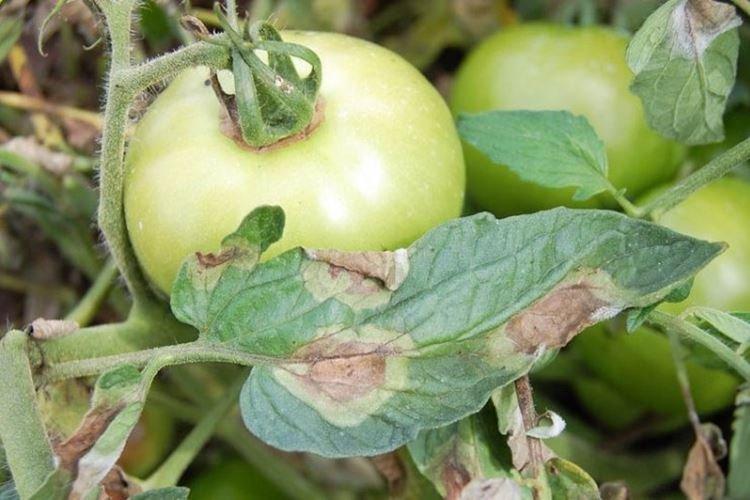
Chemicals: how to treat?
Chemical fungicides are faster, more potent and more effective. But you need to work with them very carefully, use protection and carefully observe the dosages!
Bordeaux liquid
The most versatile and effective tool is a real magic wand for gardeners. It quickly acts on all fungal and bacterial diseases.
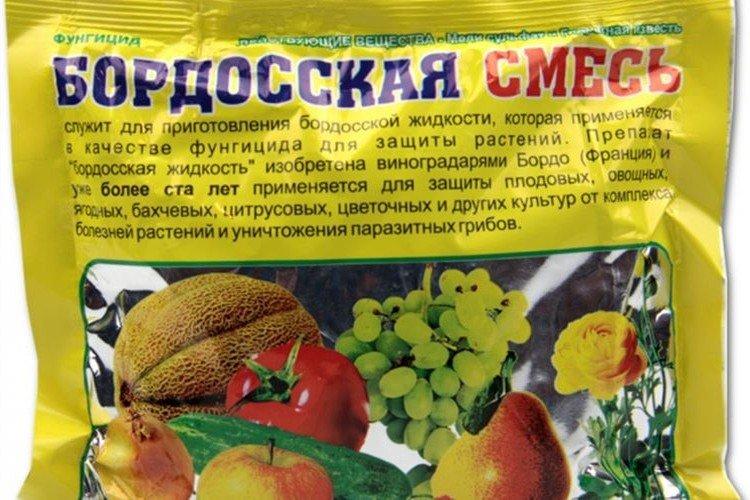
Ridomil Gold
A complex two-component fungicide suitable for the treatment and prevention of late blight. Its main advantages are long duration of protective action and effectiveness at low temperatures.
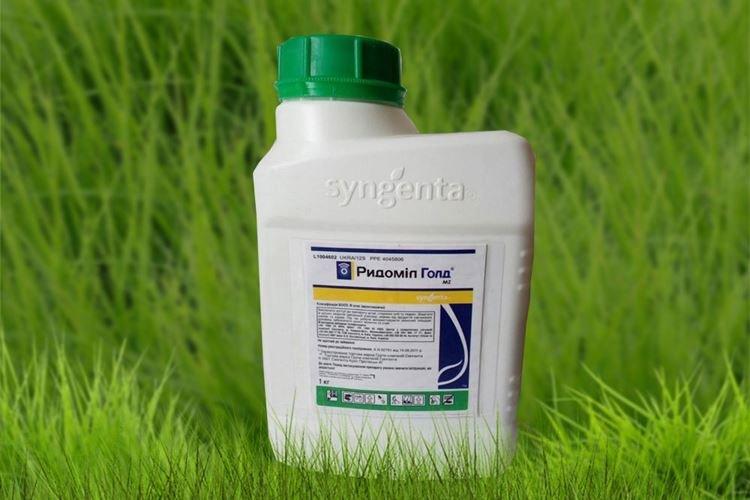
Speed
A highly effective fungicide copes well with late blight in tomatoes. The active ingredients in the composition stop the development of the fungus and destroy it.
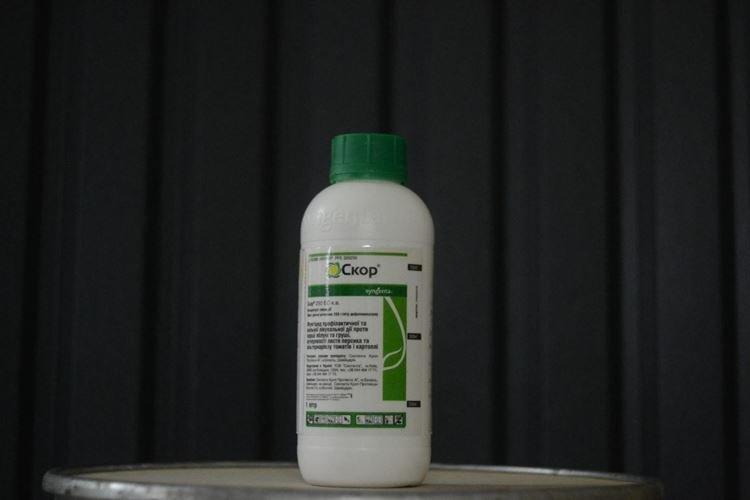
Thanos
The popular two-component fungicide is well suited for preventing late blight. It is almost everywhere, convenient, popular and inexpensive, but for emergency treatment it is better to take something more specialized.
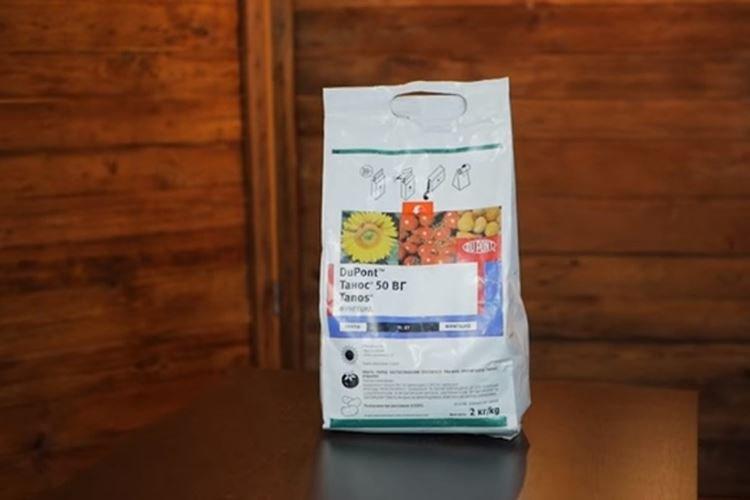
Trichophyte
The biological product is suitable for processing tomatoes and disinfecting soil. It contains spores of another beneficial fungus that inhibit phytophthora.
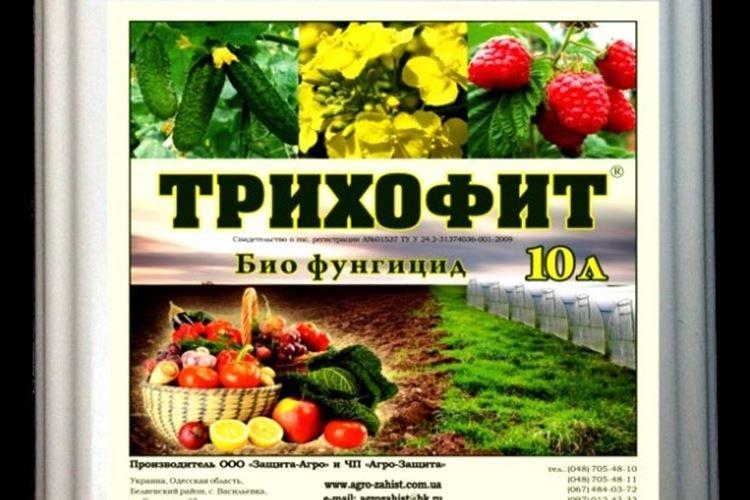
Planriz
The action of the systemic fungicide is provided by living soil bacteria that destroy the fungus. Additionally, the drug stimulates growth and improves plant immunity.
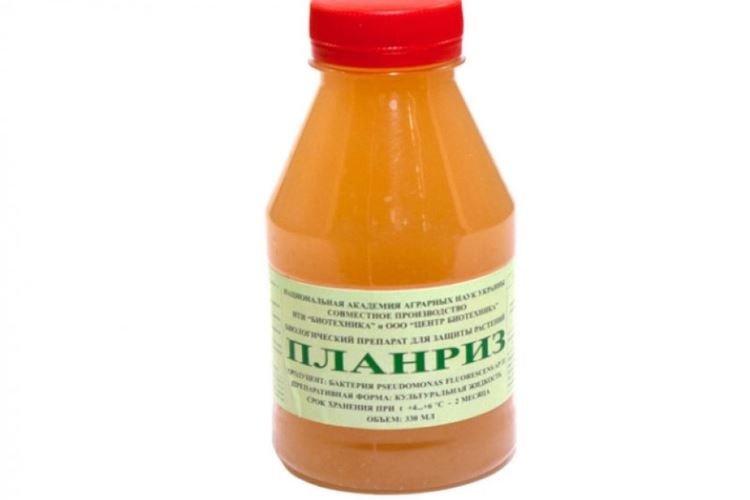
Gaupsin
The universal remedy is used for the simultaneous prevention of fungi and insects. For convenience, Gaupsin is available in the form of a liquid of different volumes - up to 5 liters.

Gamair
The universal bactericidal preparation is available in the form of tablets that are easy to use.It can be used for watering, spraying and soil cultivation.
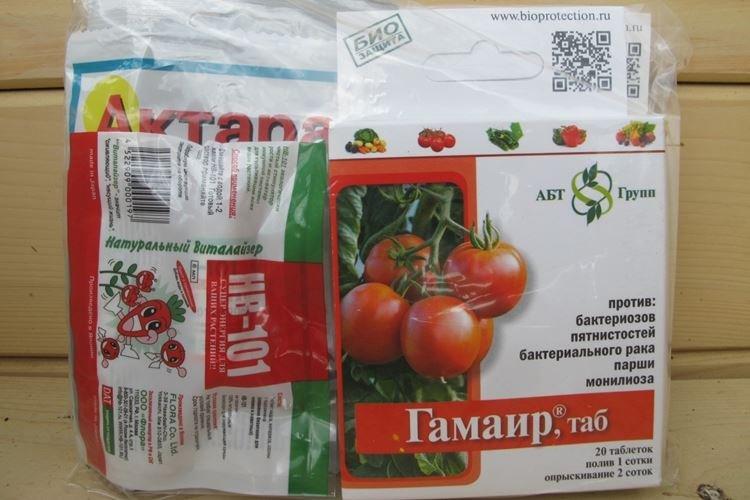
HOM
Copper-based fungicide is a win-win in the fight against late blight in tomatoes. It penetrates into the very structure of the plant and protects it from the inside and outside.
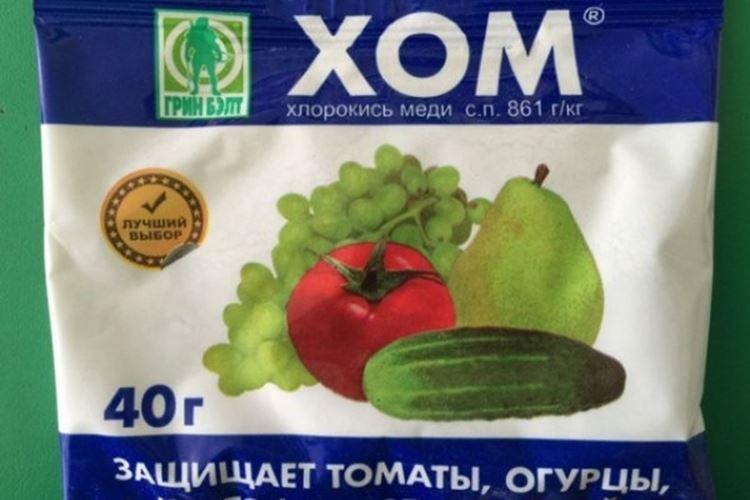
Profit Gold
A contact fungicide specially formulated for tomatoes and potatoes. Three treatments per season are enough to prevent most fungal diseases.
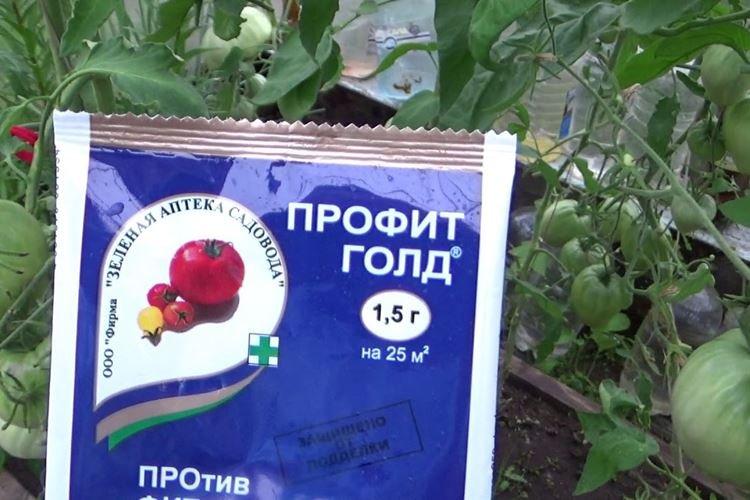
Folk remedies: how to fight?
Industrial chemicals aren't the only way to keep your garden healthy. Although late blight is really very dangerous, folk methods remain quite effective!
Mulching
It is best to mulch the area around the stems regularly. Mulch retains moisture and nutrients well, but at the same time creates unfavorable conditions for the fungus. A healthy microflora is formed in it, and it also protects the plant from night frosts.
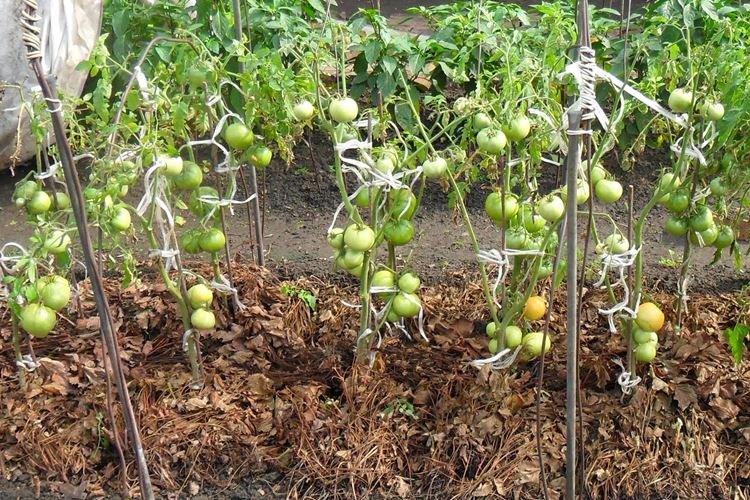
Kefir
Lactic acid is surprisingly very effective against harmful fungi. The method is very gentle and gentle, but weekly spraying of tomatoes is an excellent prevention of late blight. Only dilute kefir with ordinary settled water in a ratio of 1:10.
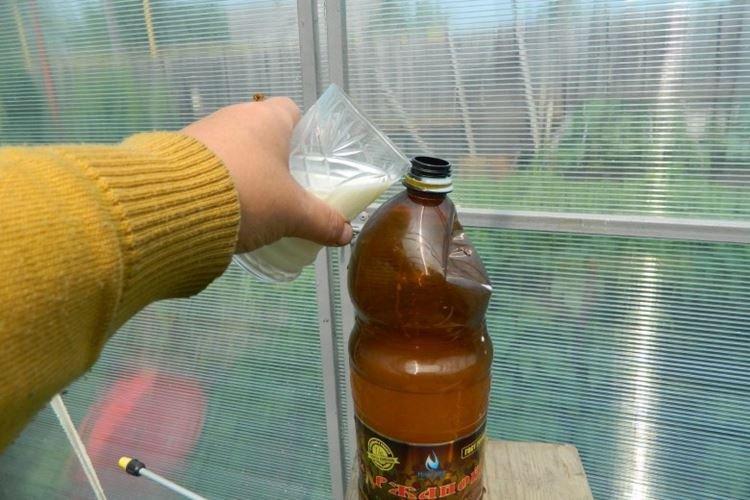
Copper wire
Perhaps one of the strangest methods is to pierce the stem of a tomato with a thin copper wire. But first, be sure to disinfect it so as not to inject another infection. The wire is inserted at a height of about 5 cm from the ground, and it literally blocks the path of infection.

Garlic
Garlic solution is a universal remedy for the prevention of most fungi and parasites. It contains useful substances that have a positive effect on the immunity of the plant. Prepare a strong infusion of 200 g of garlic per liter and sprinkle the tomatoes with about 150 ml for each bush.
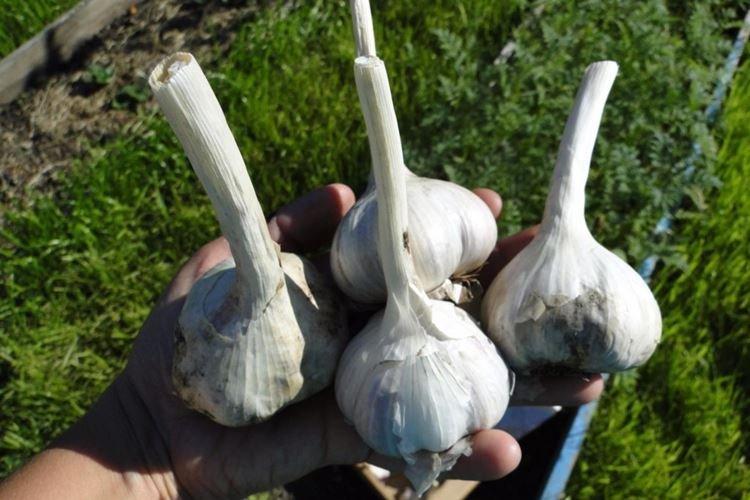
Salt
Prepare the simplest saline solution from a glass of kitchen salt to a bucket of water. Remove all damaged areas from the tomatoes and treat them with a solution. Salt creates a fairly durable protective film on the surface so that late blight spores cannot penetrate and spread further.

Ash
Mix half a bucket of ash with a bucket of water and let it stand for three days in a dark place, stirring occasionally. Process, add about 30 g of grated soap and dilute to 30 liters with water. Such preventive spraying begins as soon as the seedlings finally take root.
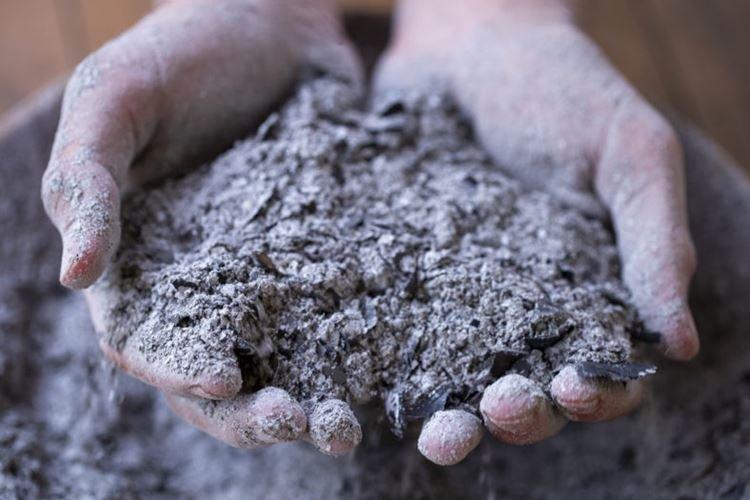
Tinder mushroom
Dry tinder mushroom must be crushed and poured with boiling water in a ratio of 100 g per liter. Spraying is carried out every one and a half weeks, and they effectively curb further infestation of tomatoes.
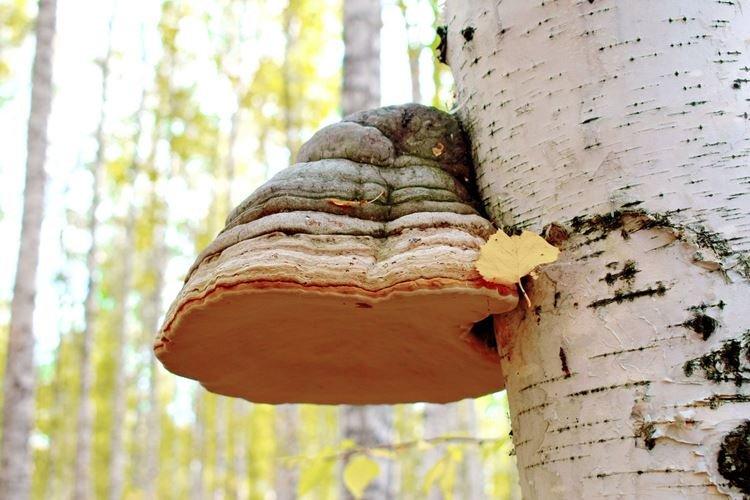
Prevention of late blight on tomatoes
In order not to have to fight late blight in an unequal battle, it is better to prevent it in advance. To do this, you need to create comfortable conditions for the tomato beds, do not thicken the plantings and be sure to separate the tomatoes with potatoes. Adhere to the rules of agricultural technology and crop rotation, especially if you have a large field!
Ventilation and good ventilation are imperative, so it is recommended to pinch the lower leaves of tomatoes. Water the tomatoes more carefully at the root, without flooding all the seedlings. Remove all plant debris and weeds immediately, and do not forget about preventive treatment with fungicides during the season.
There are no varieties with immunity to late blight, but early tomato varieties are more resistant to it. Choose only tested seed and be sure to dress it before use. According to statistics, tall and early ripening varieties, and some hybrids, are less likely to suffer from the fungus.
